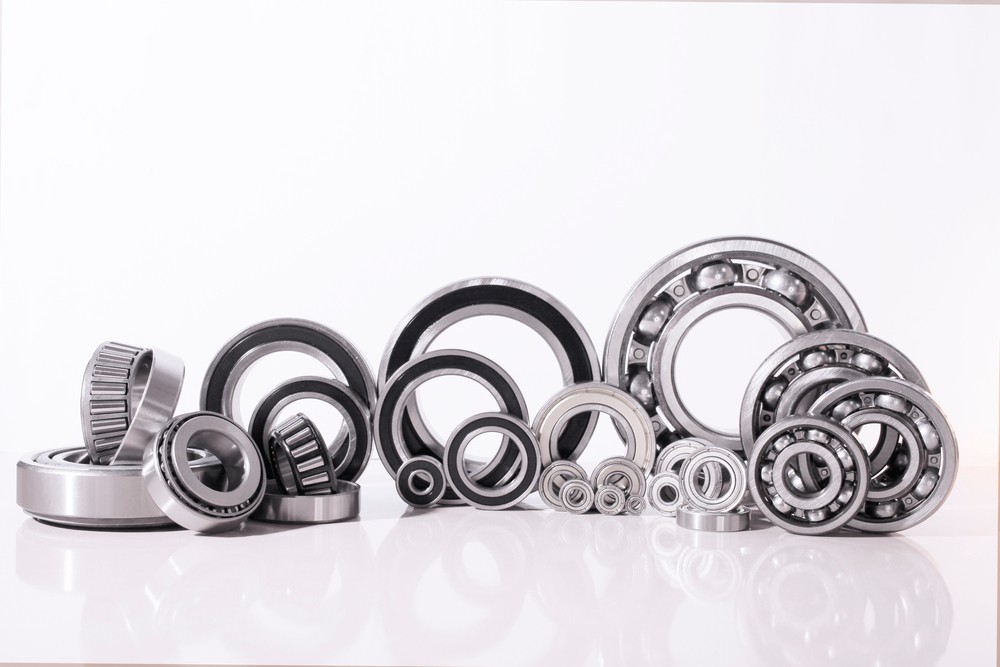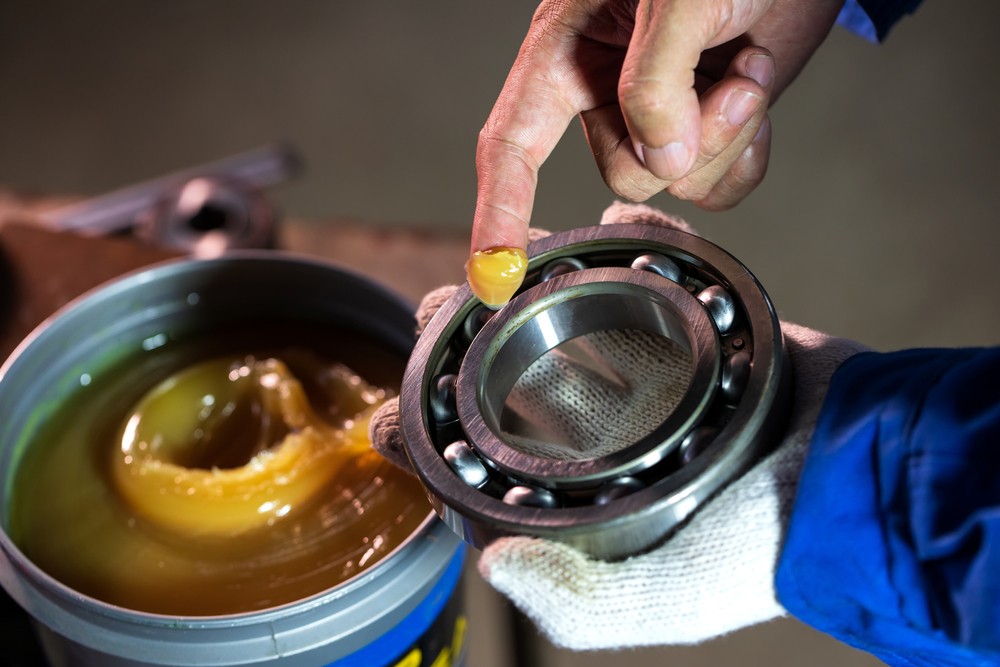7 Bearing Maintenance Tips : Maintain Your Bearing Equipment

Bearings are an integral part of most industrial equipment, and they’re generally low-maintenance components — if they’re properly tended. But not every industrial maintenance program pays bearings due attention. Proper bearing maintenance goes beyond grease, and good practices begin with routine maintenance standards.
Here’s a look at seven standard bearing maintenance tips vital for the longevity, performance, and reliability of your equipment.
- Proper inventorying. Proper inventorying helps assure that bearings aren’t contaminated with dirt, dust, or moisture. When storing bearings, keep them in a clean, dry room with a consistent temperature. Stand them horizontally in their original packaging to prevent weight shift. To avoid exposure to debris or other contaminants, don’t remove bearings from their original packaging until you’re ready to install them.
- Precision mounting. Different types of bearings require different mounting methods, and improper mounting can result in major damage. Mounting method depends on the type of load, vibration levels, and the speed rating of bearings. There are also several different fits to consider when mounting — including sliding fits and tight press fits. Regardless, it’s important to ensure the fit is neither too loose nor too tight.
- Lubrication standards. Proper lubrication of bearings helps prevent corrosion and other damage. Environmental conditions, speed, and temperature will determine the type of lubricant required for each bearing. Consulting with OEM guidelines is usually the best way to decide which lubricant to use and how much.
- Temperature control. To prevent overheating, try to keep operational temperatures within the proper range for bearings. Extremely high temperatures can damage bearings, often rendering them useless. Signs of heat damage include discoloration and rolling elements. One way to avoid heat damage is careful monitoring and modulation of equipment or investing in bearings made to withstand temperatures beyond what is rated for your equipment.
- Corrosion prevention. Corrosion is one of the main causes of bearing failure. Avoid this common problem with proper storage and lubrication and by controlling moisture levels around machinery. The best way to prevent bearing corrosion is to ensure a sealed environment free of contamination. This is as simple as restoring the seal properly after lubrication or service.
- Replacement standards. Think carefully before choosing replacement bearings. Replacements should either meet or exceed the manufacturer’s standards, whether they’re a direct OEM replacement or an aftermarket option. In addition to choosing the right product, make sure there’s a well-vetted replacement SOP for maintenance techs to follow to prevent corrosion or improper fitting during installation.
- IIoT monitoring. New technology is a great help when it comes to ensuring proper bearing maintenance. Through IIoT monitoring, manufacturers can predict when bearings will need maintenance or repairs and identify catalysts for bearing damage to preserve the integrity of installed components.

Routine bearing maintenance helps ensure they perform with optimum efficiency. And appropriate maintenance can eliminate the need for expensive repairs due to bearing failure. Use the tips mentioned above and your bearings are sure to meet or exceed their expected life cycle.